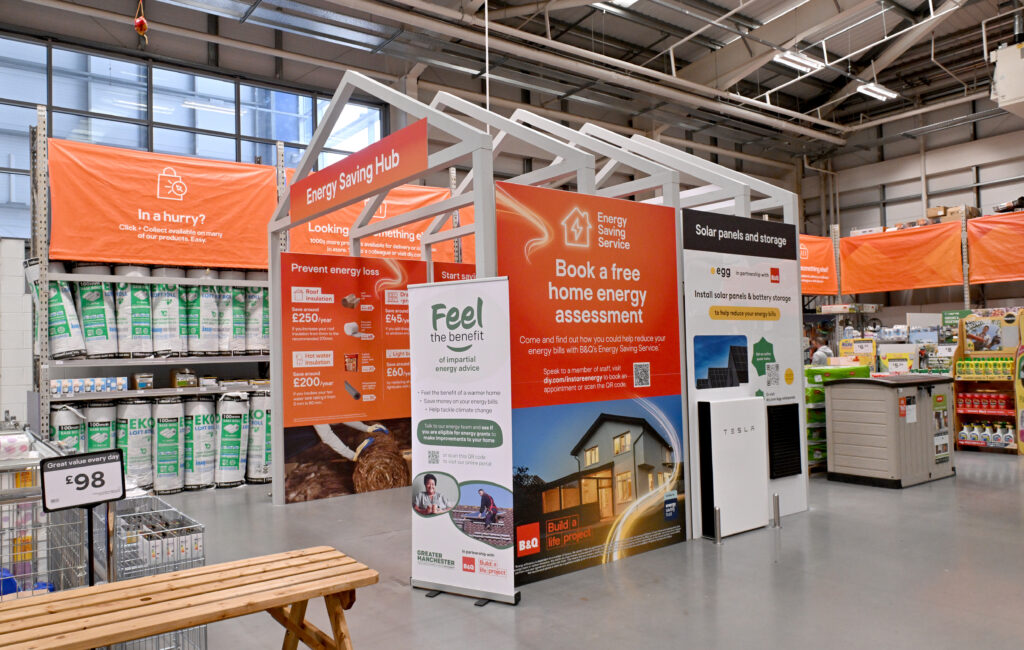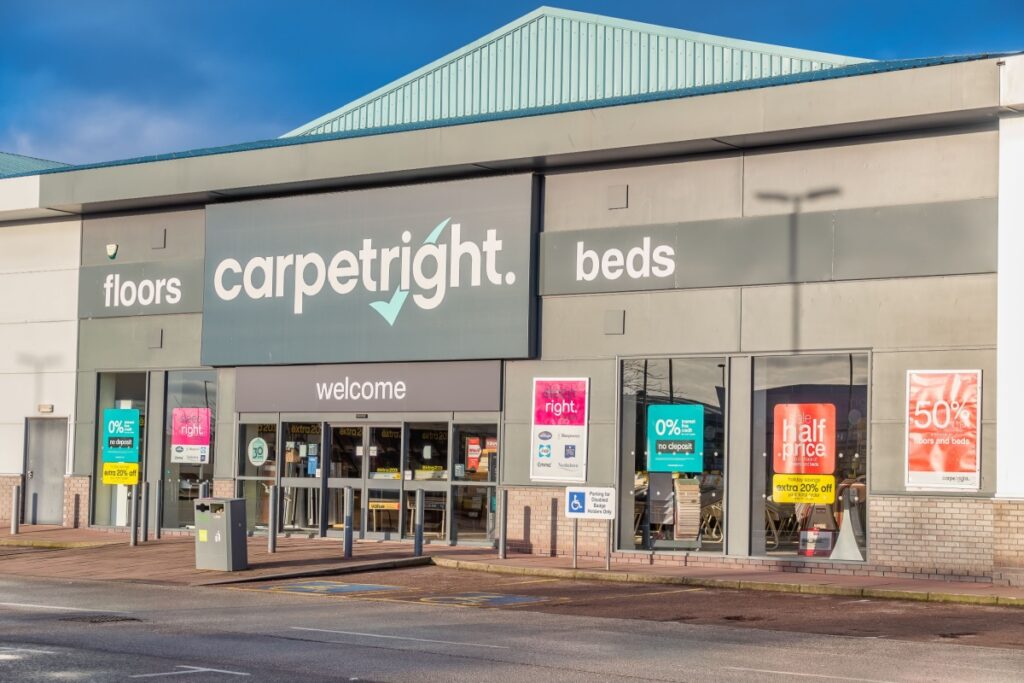The economy is on the up. The Eurozone has come out of the recession, UK unemployment levels are shrinking and British exports have risen. However, despite an increase in retail sales for the third month in a row, the effect on retailers is not homogenous. Whilst some retailers are prospering, there are still many who are failing to maintain their market share. But as consumer‘s purse strings start to loosen, how can struggling retailers go from rags to riches?
When looking at successful retailers, it is clear that customer insight is at the heart of their business and forms the foundations of many business decisions. However, transactional data is no longer enough. Retailers now need to engage in continuous two way conversations with their customers. They need to understand not only what they buy but the motivations behind the purchase.
Online insight communities are becoming increasingly popular with retailers all over the world, giving brands the ability to regularly communicate with their customers, build relationships, gain deeper understanding and generate feedback to inspire innovation and increase loyalty.
This month, both H&M and Nicole Fahri have shared their hardships in the retail industry. Both have struggled with flagging sales and whilst some would blame the economic climate, it is apparent that the problem lies with a lack of insight. In August, H&M expected to see a 1 per cent rise in like-for-like sales compared to last year, but were surprised to find that instead they faced a 1 per cent dip. Whilst there are many reasons why this may have happened, better insights could have led to a different outcome. In 2009, Debenhams created The Design Team, an insight community comprising of 15,000 customers. The Design Team has given Debenhams faster, more frequent, better quality insights, and has directly impacted decisions on clothing ranges, store modifications and brochure design. Whilst transactional data would have provided H&M with some insight into buying behaviours, it fails to uncover its customer‘s fashion personality and the motivations behind the transaction. It‘s these intangible insights which provide deeper understanding of customers and would allow H&M to make better decisions on marketing communications and product design which may have resulted in increasing sales.
Nicole Farhi‘s recent administration and announcement of almost £20m in debts represents a more complex situation. The much-loved British brand had suffered a period of sustained losses, before being bought out by Maxine Hargreaves-Adams, the daughter of Matalan founder John Hargreaves.
While the reasons behind the losses are unclear, the solution to them can be found in the brand‘s customers. In 2009, Banana Republic built a 50,000 strong insight community in order to keep up with trends. Banana Republic invited members to photograph themselves in various outfits, allowing the retailer to peer into customer‘s wardrobes and develop a stronger understanding of who their customers are and how they express their personal style. This guided the brand‘s development of clothing ranges, and allowed them to predict future trends. An insight community would allow Nicole Farhi to connect with trendsetting customers and design its clothing accordingly which may have increased demand, eased its losses, and improved customer satisfaction.
Whilst it is evident that insight communities are giving retailers a better understanding of their customers, resulting in better business decisions and a customer centric strategy, brand loyalty continues to be a challenge. Debenhams recently announced that their online sales have grown by 40 per cent. Speaking about The Design Team, Kate Parkinson, senior strategy manager at Debenhams said, “Two-thirds of our members say they feel more positive about Debenhams since joining the insight community. It‘s great to know that
RELATED STORIES

















